What can an exoplanet falling into its own star tell astronomers about the formation and evolution of planetary systems? This is what a recent study publis | Space
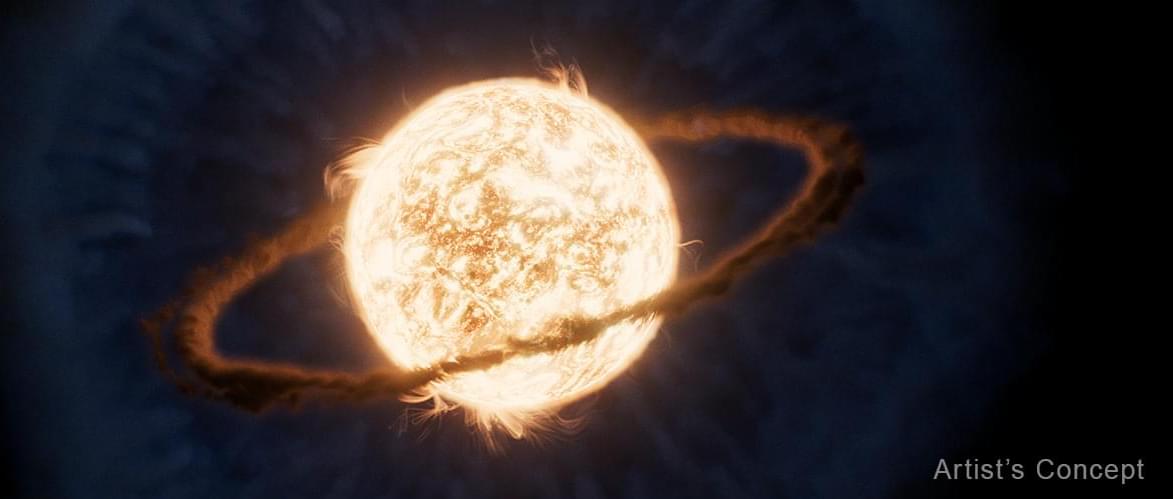

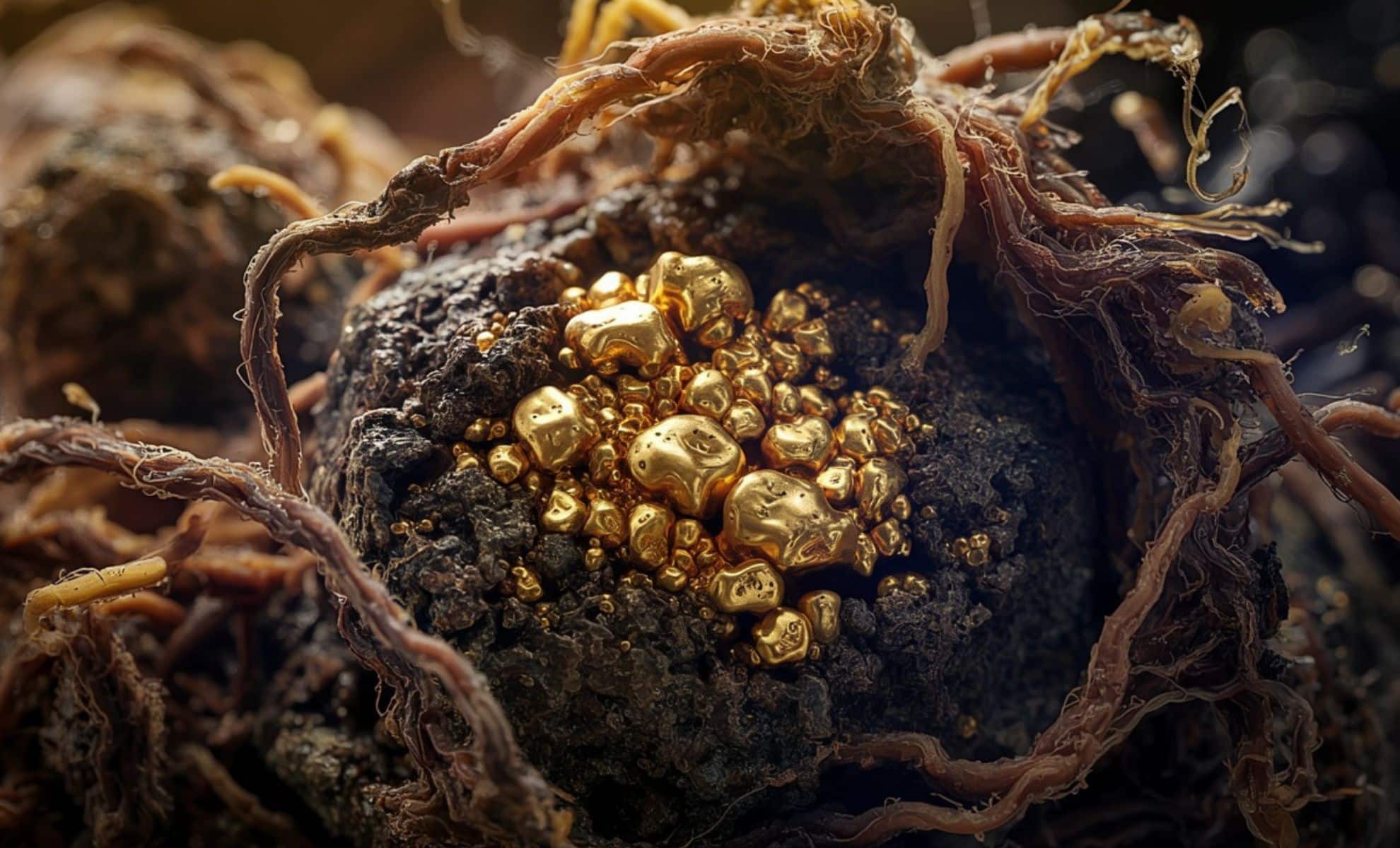
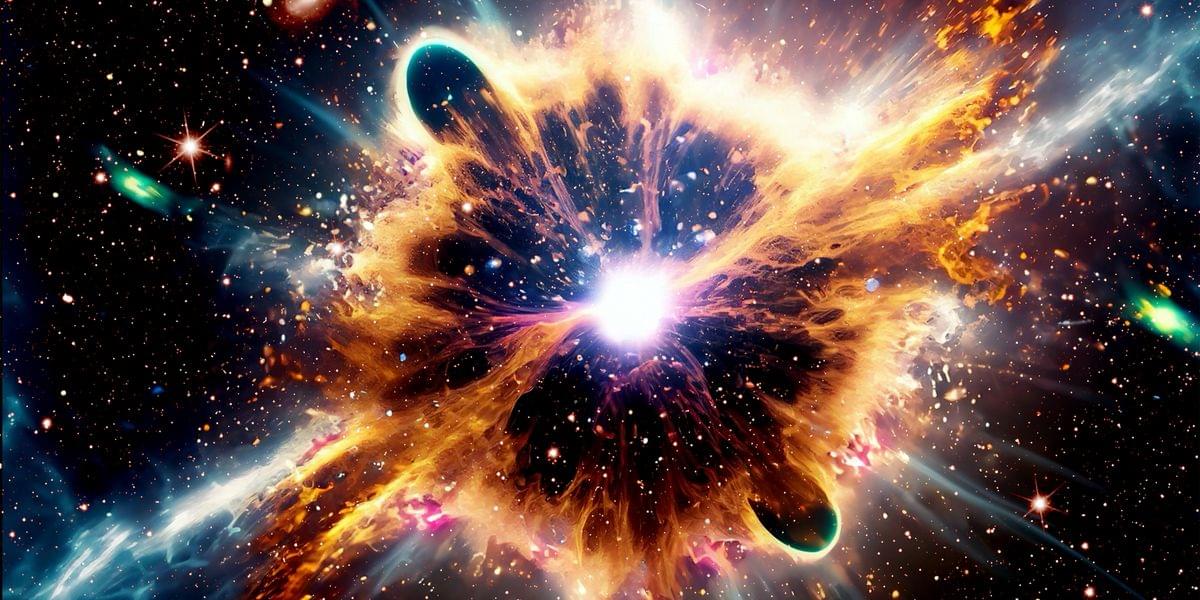
Patreon: https://www.patreon.com/seanmcarroll.
Blog post with audio player, show notes, and transcript: https://www.preposterousuniverse.com/podcast/2025/04/14/311-…ndamental/
Questions about consciousness range from the precise and empirical — what neurons fire when I have some particular experience — to the deeply profound — does consciousness emerge from matter, or does matter emerge from consciousness? While it might be straightforward to think that consciousness arises from the collective behavior of atoms in the brain, Annaka Harris and others argue that consciousness could be the fundamental stuff from which matter arises. She talks with a variety of experts in her new audio series, Lights On: How Understanding Consciousness Helps Us Understand the Universe.
Annaka Harris received a BFA from New York University. She is the author of Consciousness: A Brief Guide to the Fundamental Mystery of the Mind. She is a co-founder of Project Reason.
Mindscape Podcast playlist: https://www.youtube.com/playlist?list=PLrxfgDEc2NxY_fRExpDXr87tzRbPCaA5x.
Sean Carroll channel: https://www.youtube.com/c/seancarroll.
#podcast #ideas #science #philosophy #culture

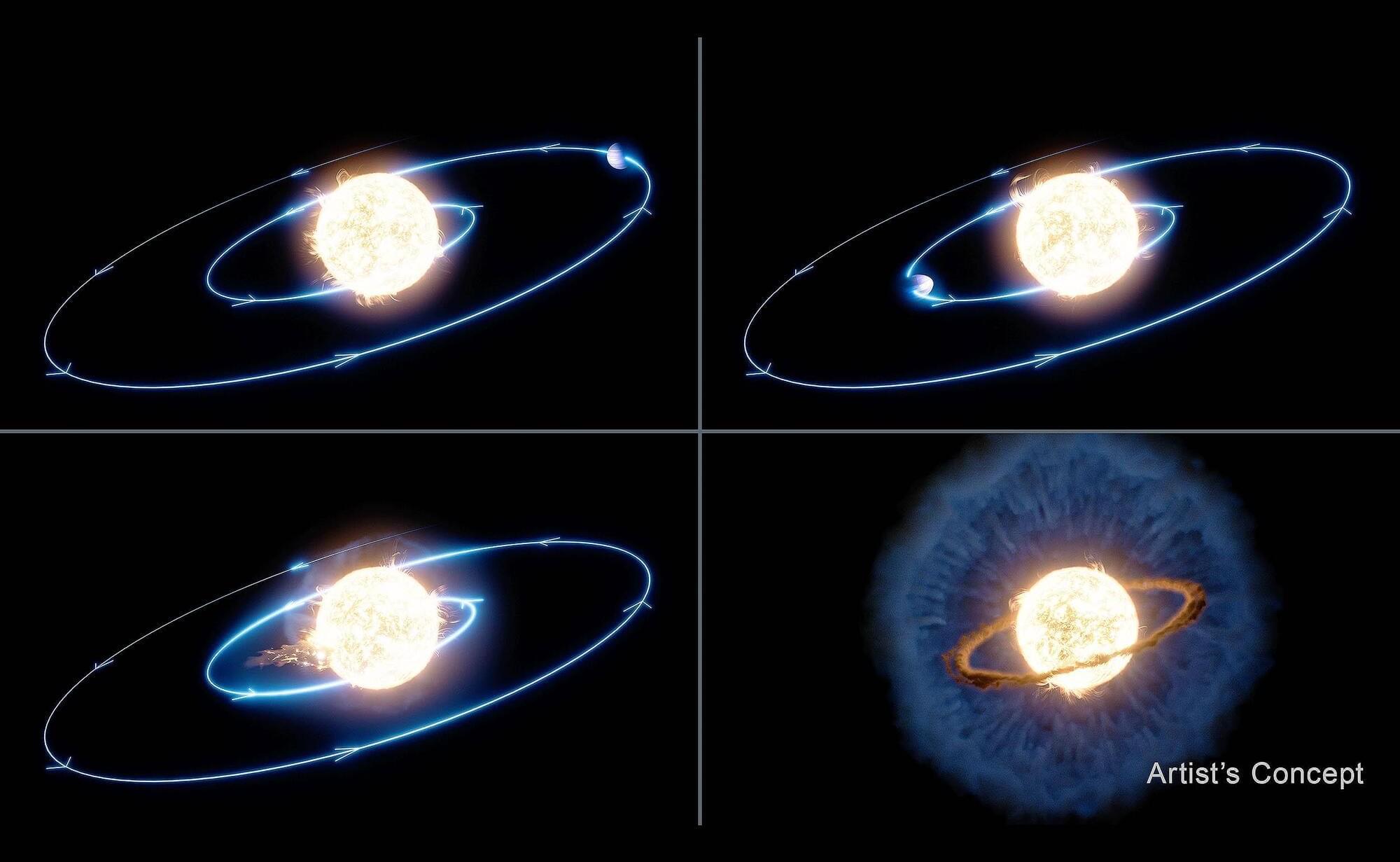
It was once thought that when an aging star engulfed a planet it would be a dramatic swelling and devouring event akin to a predator eating its prey. New observations, however, tell a very different story.
Data from NASA’s James Webb Space Telescope (JWST) reveals that the planet’s orbit didn’t terminate with a sudden engulfment. Instead, the planet spiraled slowly inward over time until it met its fiery end.
The scientists behind this surprising update are from NSF’s NOIRLab, and they worked with data collected by Webb’s powerful mid-and near-infrared instruments.
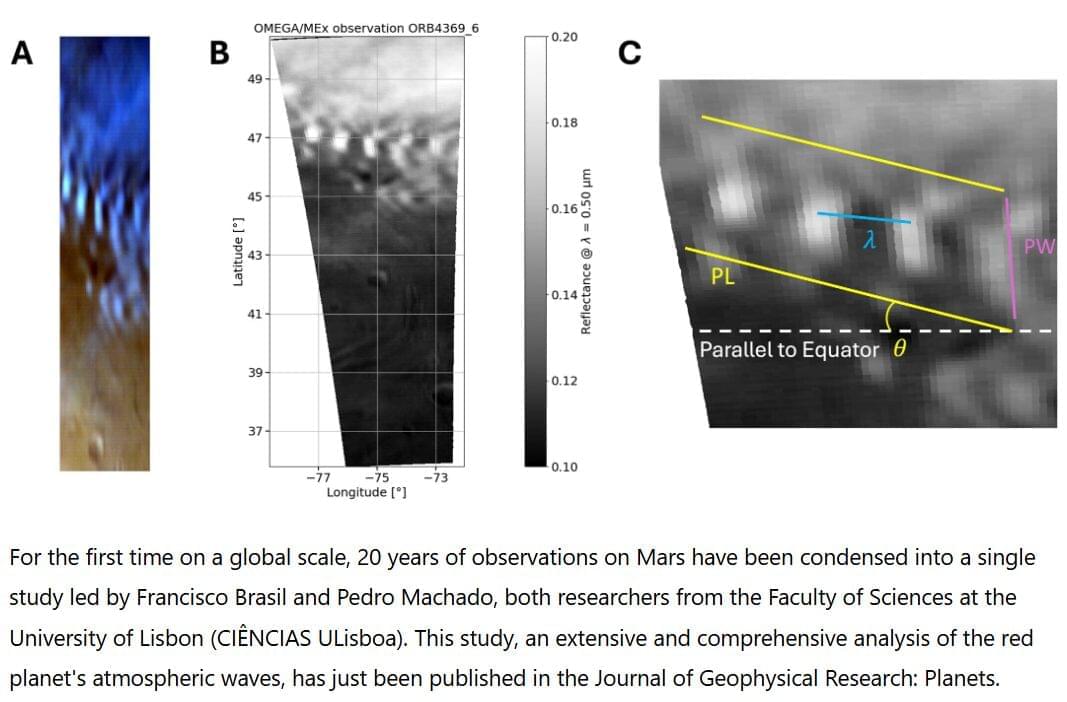
For the first time on a global scale, 20 years of observations on Mars have been condensed into a single study led by Francisco Brasil and Pedro Machado, both researchers from the Faculty of Sciences at the University of Lisbon (CIÊNCIAS ULisboa). This study, an extensive and comprehensive analysis of the red planet’s atmospheric waves, has just been published in the Journal of Geophysical Research: Planets.
Atmospheric waves are “wave-shaped disturbances that travel through the planet’s atmosphere, much like waves moving across the surface of water,” explains the study “Atmospheric Gravity Waves in Mars’ Lower Atmosphere: Nadir Observations From OMEGA/Mars Express Data.”
The researchers focused on this energy, which has a significant impact on the planet’s climate. The data, collected by the Observatoire pour la Minéralogie, l’Eau, les Glaces et l’Activité (OMEGA) from the European Mars Express space mission, served as the foundation for this ambitious analysis.
Learn more about the science videos you’ve been watching with Brilliant! First 30 days are free and 20% off the annual premium subscription when you use our link ➜ https://brilliant.org/sabine.
Correction: When I say that there are 2/3 of galaxies that spin one direction and 1/3 the other, that should have been 3/5 one way and 2/5 the other. Or, to put it into percentages, it’s 60% vs 40% (not 67% vs 33%). Sorry about that uneasy
A new study has found that the universe might be spinning. What does that even mean? Let’s have a look.
Paper: https://academic.oup.com/mnras/articl… video comes with a quiz which you can take here: https://quizwithit.com/start_thequiz/.… 🤓 Check out my new quiz app ➜ http://quizwithit.com/ 💌 Support me on Donorbox ➜ https://donorbox.org/swtg 📝 Transcripts and written news on Substack ➜ https://sciencewtg.substack.com/ 👉 Transcript with links to references on Patreon ➜ / sabine 📩 Free weekly science newsletter ➜ https://sabinehossenfelder.com/newsle… 👂 Audio only podcast ➜ https://open.spotify.com/show/0MkNfXl… 🔗 Join this channel to get access to perks ➜
/ @sabinehossenfelder 🖼️ On instagram ➜
/ sciencewtg #science #sciencenews #physics #astronomy.
This video comes with a quiz which you can take here: https://quizwithit.com/start_thequiz/.…
🤓 Check out my new quiz app ➜ http://quizwithit.com/
A new model has been developed to simulate interstellar activity within our solar system and the nearby Alpha Centauri system. Interstellar material has been found within our solar system, but scientists are still working to determine its origin and how it arrived here. A recent study from Wes
